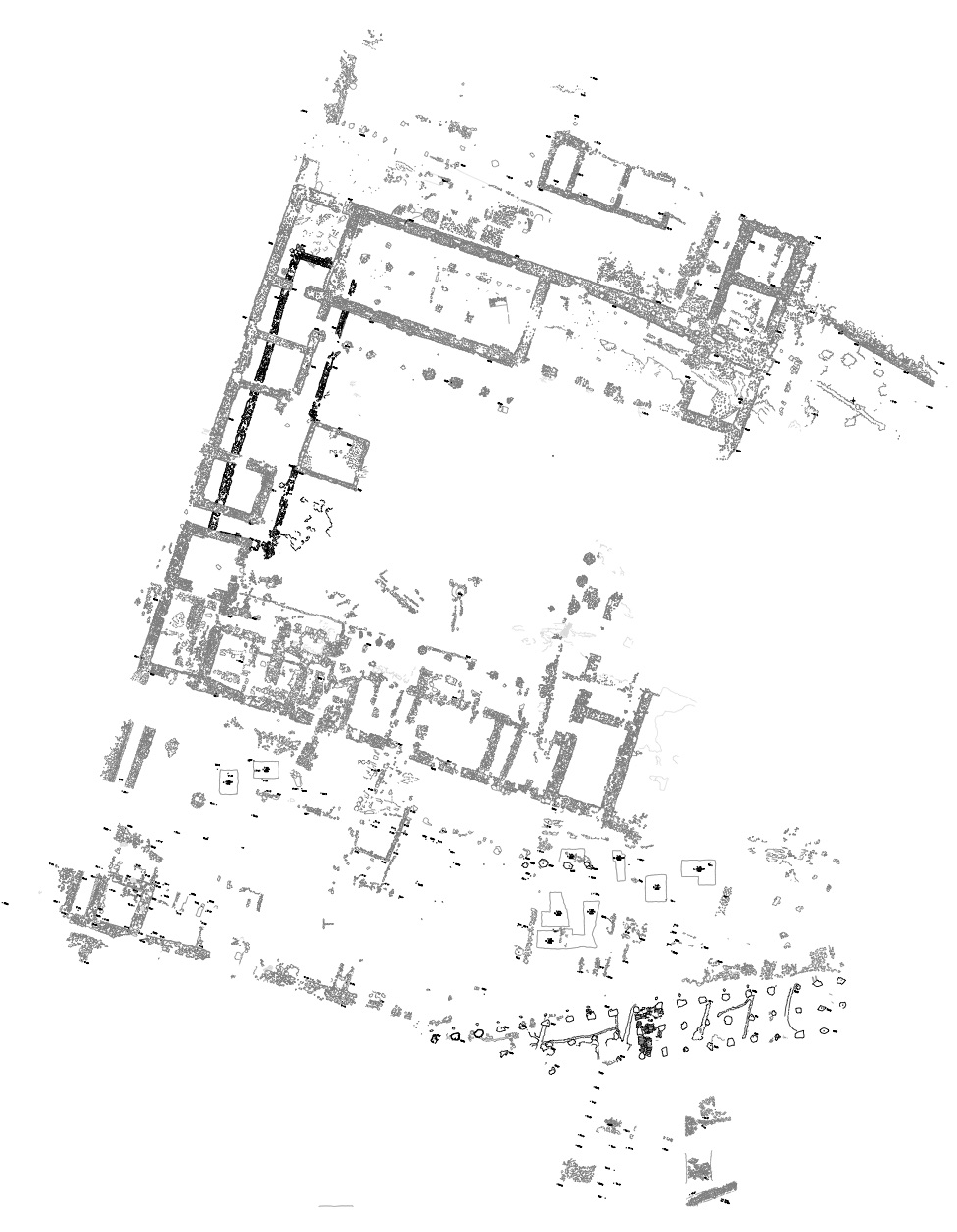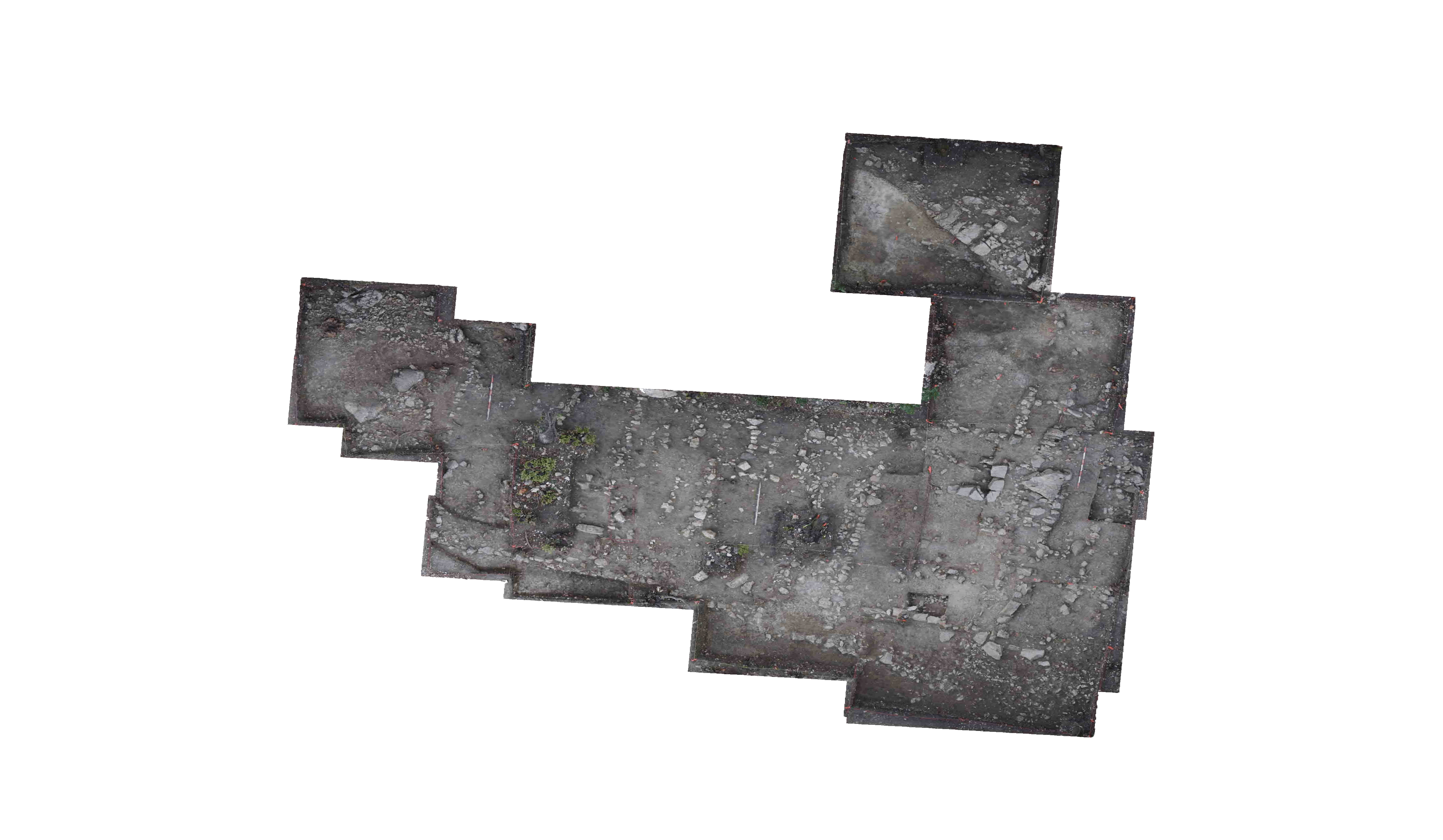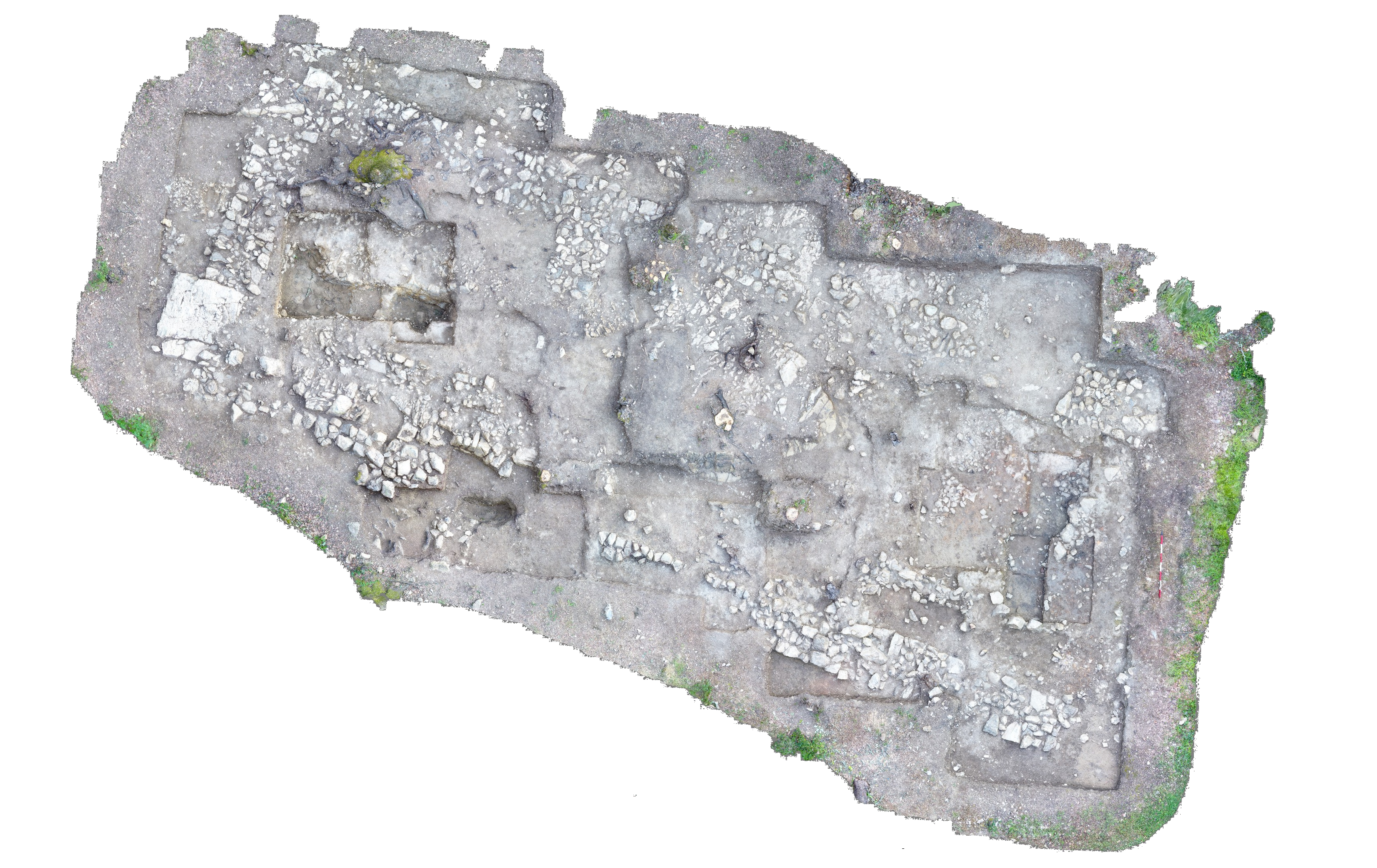Document Content
T-92 Conclusion
The following goals were established at the beginning of the season for T-92:
- Procuring datable material from contextually secure loci to aid in our understanding of the chronology of the flat stones in association to the OC2 / Workshop structure
- Obtain evidence of additional flat stones to help in our reconstruction of the building associated with the column pads
- Discover datable material that aids in our understanding of the chronological relationship between EPOC IV and the flat stones from T-22 and T-30
- To ponder the possible function of EPOC V and the hypothesis that it is an early phase workshop
- To better understand the stratigraphy of the loci dating from pre-Orientalizing onward in relation to the rest of the site.
Excavation in T-92 unfortunately did not produce datable materials of an earlier phase of occupation akin to the Orientalizing Period and thus did not advance our knowledge of the chronologic relationship with EPOC IV, nor did it enhance our ability to reconstruct the structure affiliated with the columns pads situated in T-22 and T-30. Additionally, no additional flat stones were procured in the area of excavation. Though materials associated with an industrial area were not scarce through Locus 6, none of them are suggestive of an earlier phase workshop.
A clear stratigraphic profile, visible through the baulk wall, was obtained at the completion of the season. Extending from the baulk wall at the end of the season were tiles situated in a linear fashion in situ, which correlate to and provide a visual of the Archaic destruction in relation to the other loci in nearby regions of excavation.
The high levels of materials associated with Locus 4 and Locus 6 in comparison to other loci or in comparison to the materials uncovered from T-91 and T-93 could suggest higher levels of activity in the area. The discovery of spindle whorls and rocchetto in both locus 4 and locus 6 are evidence of weaving production in the associated area of T-92. The appearance of high volumes of metal and slag are suggestive of metal production and the discovery of worked bone of butchery.
The absence of a burn layer suggests that an earlier phase structure which would have been affiliated with the column pads would already have been dismantled before the fire associated with the Orientalizing Phase of occupation.
While coming down upon what we perceived to be the functional surface of the Orientalizing period, we noticed a 10cm cut slope into the locus which revealed a cluster of rocks leading into the southern and western baulk wall. It is evident, however, that this cluster is resting upon the mottled soil associated with the post-Orientalizing period and could be either associated with a structure or fallen debris. Unfortunately, not enough of these stones were revealed given the time constraints of the season to provide a complete analysis of their function or lack thereof. Further investigation to the west and south would be necessary to confirm.
| Descriptive Attribute | Value(s) |
|---|---|
| Document Type | Trench Book Entry |
| Start Page | 271 |
| End Page | 273 |
| Trench Book Entry Date | 2018-08-13 |
| Entry Year | 2018 |
| Entry Type | Conclusions |
| Trench Book Title (Paper Book) | KPH IV |
| Descriptive Attribute | Value(s) |
|---|---|
| Is Part Of Vocabulary: DCMI Metadata Terms (Dublin Core Terms) | Trench Book KPH IV T92 2018 Vocabulary: Murlo |
Suggested Citation
Anthony Tuck. (2019) "T92 (2018-08-13):271-273; Conclusions from Europe/Italy/Poggio Civitate/Tesoro/Tesoro 92/T92 2018". In Murlo. Anthony Tuck (Ed). Released: 2019-07-28. Open Context. <https://opencontext.org/documents/6447f2b9-9177-4d79-9e0a-d56369ed3f93> ARK (Archive): https://n2t.net/ark:/28722/k2ft8w073

Copyright License
To the extent to which copyright applies, this content
carries the above license. Follow the link to understand specific permissions
and requirements.
Required Attribution: Citation and reference of URIs (hyperlinks)







